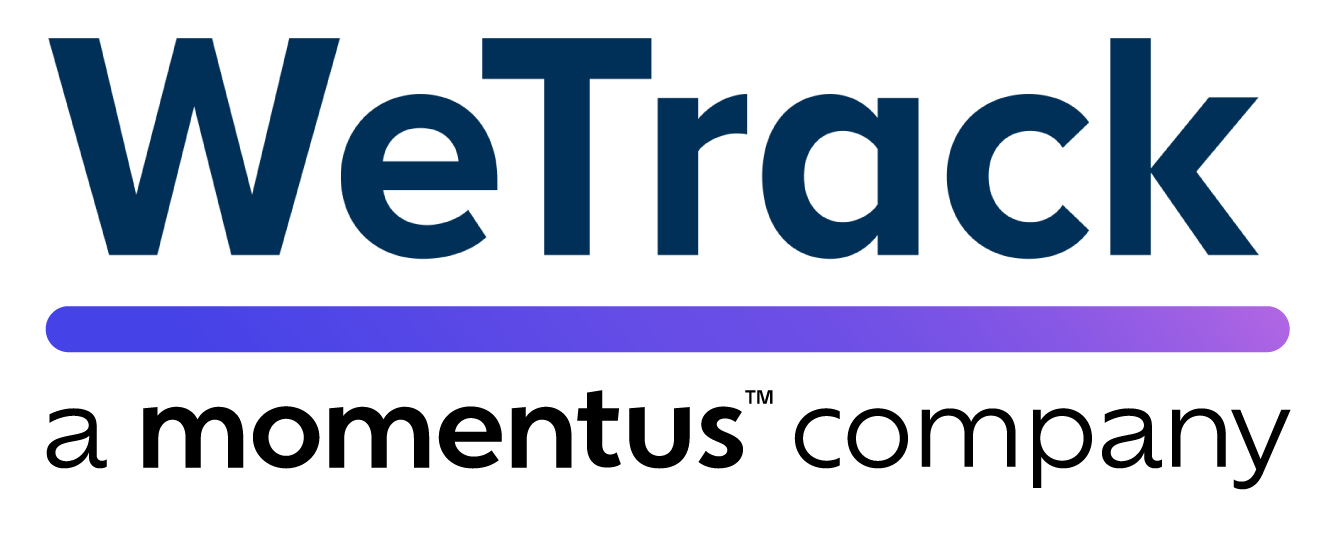WeTrack was born out of the London 2012 Olympic and Paralympic Games by project and venue managers who wanted to improve the way we plan and deliver events. From the outset, our project management software for events and venues has been our bread-and-butter, and it remains our most popular module. Here, we introduce it, explain its purpose, and set out what we hope for our clients to achieve with it. It has been used by events, venues and organisations as varied as the ICC Cricket World Cup 2019, Ascot Racecourse and the FIA.
Simply, it allows you to plan and track work across all your projects, and allows for collaboration across multiple projects and multiple departments.
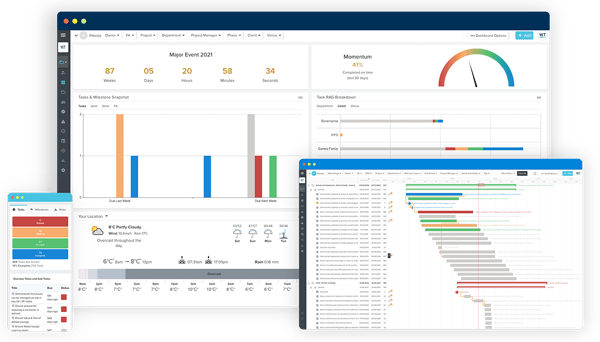 It is designed to improve venue and event operations. It provides a coherent, single source of truth; it enables better collaboration and consistency across users, teams and stakeholders; and it allows better notification to catch anything overdue before it becomes problematic. We have experienced the challenges of incoherent and inconsistent planning first-hand and want to overcome them to help our clients deliver great events, manage great venues or run great organisations.
It is designed to improve venue and event operations. It provides a coherent, single source of truth; it enables better collaboration and consistency across users, teams and stakeholders; and it allows better notification to catch anything overdue before it becomes problematic. We have experienced the challenges of incoherent and inconsistent planning first-hand and want to overcome them to help our clients deliver great events, manage great venues or run great organisations.
So how does it work in practice? Well, we're here to make the complex simple, not to redesign the wheel. Projects contain tasks which need to be carried out in order for the project to be complete. A project is a distinct set of work with an achievable endpoint; it can consist of hundreds of tasks, or fewer than 20. A task is the basic unit of work. Tasks can last for one day or for several months; they can be insignificant actions which just require monitoring, or very important milestones without which your project would fail. If needed, these tasks can be grouped into task groups - a collection of tasks in a project which all contribute to the same piece of work or section of the project - or divided into smaller sub-tasks. These tasks are then assigned to users and departments who have the responsibility to do the work.
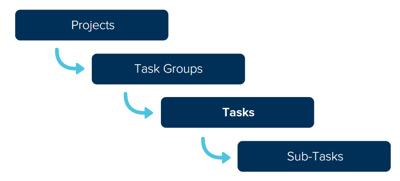 The progress of tasks is tracked through a RAG status, which goes from grey, for tasks that have not yet started, to blue, for tasks that have been completed, via red, amber, and green, depending on their progress.
The progress of tasks is tracked through a RAG status, which goes from grey, for tasks that have not yet started, to blue, for tasks that have been completed, via red, amber, and green, depending on their progress.
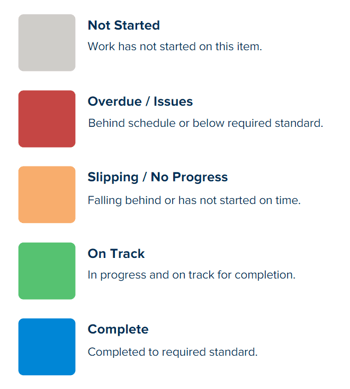 The appeal comes in its intuitive simplicity, tailored to the industry - giving users the power to create, find and report on the information they need, empowering their efficiency and collaboration.
The appeal comes in its intuitive simplicity, tailored to the industry - giving users the power to create, find and report on the information they need, empowering their efficiency and collaboration.
You can explore full functionality through our project management webpage, or explore our help centre. We'd love to tell you about our automated reporting, task dependencies, and milestone management. For a full introduction, get in touch below and we'd be delighted to give you a demo.
